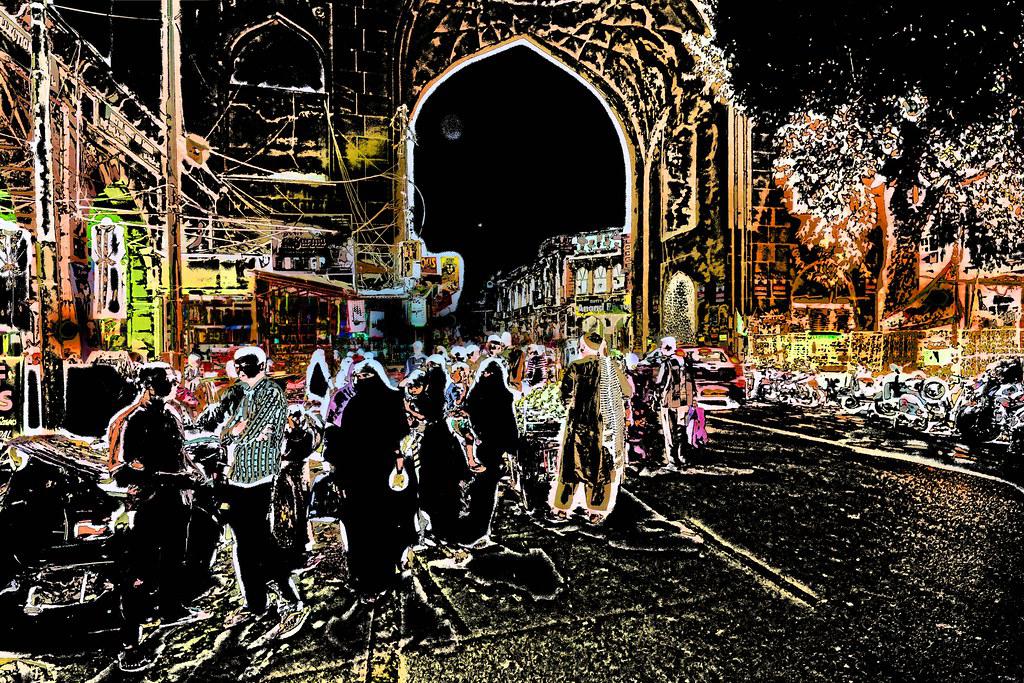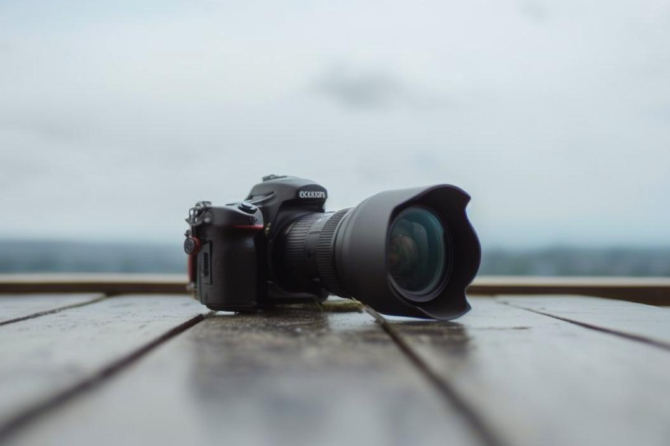Bunker shots remain a glaring weakness for many golfers. Any time their ball ends up in the sand, their mind starts playing tricks on them. In this article, we’ll present an easy way to become a better bunker player, without even hitting balls.
1. Understanding Bunker Behavior: Analyzing Sand Types and Conditions
****
Identifying the type of sand and assessing its conditions are crucial for executing successful bunker shots. Different sand types possess distinct characteristics that affect ball behavior, demanding tailored techniques.
Wet sand, for instance, clings to the ball, resulting in higher resistance and a “spongy” feel. Players must swing with more force to propel the ball out, utilizing a wider stance and open clubface to dig deeper. In contrast, dry sand offers less resistance, allowing for shallower shots. Employing a narrow stance and closed clubface enhances control, facilitating accurate distance control from fluffy sand.
Closely examine the sand’s firmness as well. Firm sand resembles packed dirt, demanding a precise strike with a steep swing. The ball will bounce and roll more dramatically, necessitating a focused swing path to avoid stray shots. Soft sand, on the other hand, cushions the impact, allowing for a gentler swing. The ball will embed itself more deeply, requiring a lower trajectory and ample momentum to excavate and escape. By understanding the nuances of bunker sand, golfers can craft a successful bunker strategy, optimizing their chances of escaping hazards with finesse.
2. Mastering Bunker Etiquette: Strategies for Proper Stance and Ball Position
****
Bunkers can be tricky obstacles, but following proper etiquette can help you navigate them with ease:
-
Proper Stance: Stand with your feet shoulder-width apart, knees slightly bent, and weight evenly distributed. Your body should be centered over the ball, with your spine straight and your head up. Grip the club firmly but not too tightly, and position the clubhead slightly behind the ball.
-
Ball Placement: For a standard sand shot, position the ball slightly forward in your stance, in the center of your feet. This will help you generate more loft and spin, allowing the ball to carry out of the bunker. For a more aggressive shot, place the ball farther forward in your stance and use a slightly steeper swing to impart more power.
-
General Tips: Stay calm and focused throughout your bunker shot. Avoid taking practice swings as this can disturb the sand and lead to penalties. After your shot, use a rake to smooth out the sand and leave it in good condition for the next player.
3. Mental Fortitude in Bunkers: Cultivating Confidence and Overcoming Fear
****
Developing mental fortitude in bunkers is crucial, especially when faced with daunting lies or pressure-packed situations. Here are some insightful strategies to cultivate confidence and overcome fear:
-
Visualize Success: Imagine yourself hitting a clean shot out of the bunker repeatedly. Visualize the ball soaring over the lip, landing softly on the green, and rolling towards the hole. By associating the bunker with positive outcomes, you can replace negative thoughts with positive expectations.
-
Break Down the Process: Instead of viewing bunker shots as overwhelming, break them down into manageable steps. Focus on the setup, stance, and swing mechanics separately. By mastering each component, you can build a solid foundation of confidence.
-
Practice in Real-World Scenarios: Playing practice rounds with bunkers strategically placed is an invaluable way to strengthen mental fortitude. By exposing yourself to actual bunker situations, you can develop the ability to make quick decisions, adjust your technique, and trust your instincts.
4. Visualization Techniques: Building a Mental Blueprint for Bunker Success
****
Visualization is a powerful tool that can help you improve your bunker play without even hitting a ball. By creating a mental blueprint of the shot, you can ingrain the proper mechanics and strategies into your mind. Here are some visualization techniques to try:
-
Close your eyes and imagine yourself standing in the bunker. Feel the sand beneath your feet and visualize the ball lying in front of you. Take a few deep breaths to relax and focus your mind.
-
Create a visual representation of your swing. Step through the swing sequence in your mind, focusing on the proper grip, stance, and swing path. Pay attention to the details, such as the club position at the top of the backswing and the impact position.
-
Visualize the ball flying out of the bunker. See yourself executing the shot perfectly, with the ball landing softly on the green. Feel the satisfaction of a well-executed bunker shot.
By regularly practicing visualization techniques, you can build a mental blueprint for bunker success. With a clear mental picture of the shot, you’ll be able to approach the bunker with confidence and execute the shot with precision.
In conclusion, this innovative approach to bunker play improvement offers a low-effort, high-reward solution. By solely focusing on visualizing successful bunker shots and practicing a positive mental mindset, golfers can develop a newfound confidence and competence in this challenging aspect of the game. While traditional methods may involve hours of ball-striking at the practice range, this approach empowers golfers to make significant progress even in the absence of physical practice. With consistent effort and dedication, golfers can unlock their bunker play potential and elevate their overall game to new heights.








